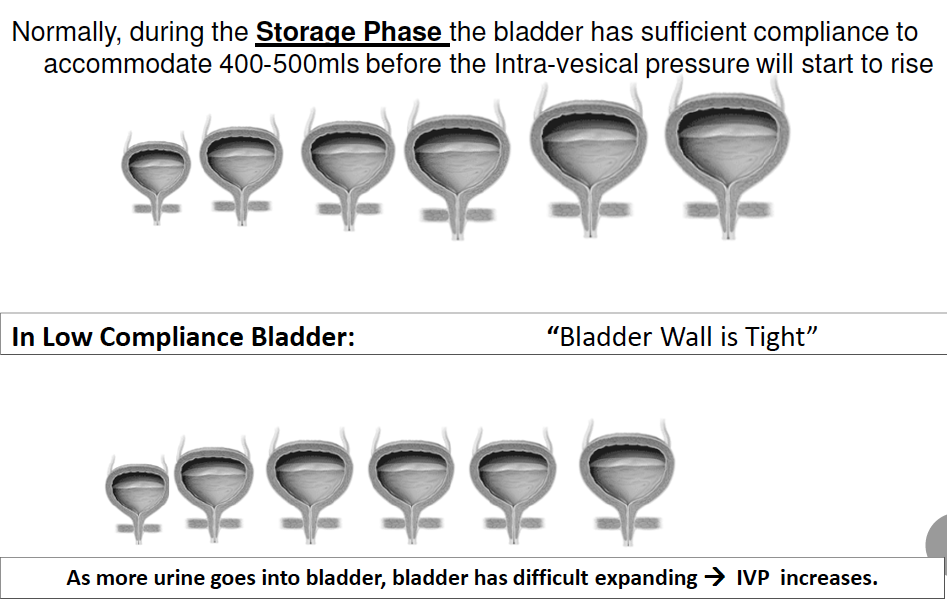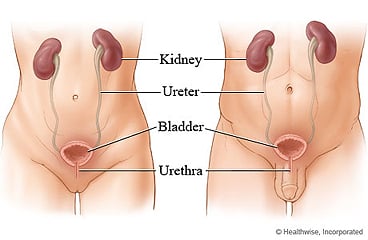When you’re in a new shopping centre or café, do you automatically scan for where the closest toilet is?
Do you go to the bathroom more than 8 times a day?
Do you get the sudden urge to pee that you can’t hold off?
Have you ever not made it whilst rushing to the toilet?
If you answered yes to any of the questions above, read on! In this blog I hope to tackle a reasonably common dysfunction called an Overactive bladder. It's also known as Urinary Urgency.
To help me explain how an overactive bladder works, I'll quickly review some of the basics of the urinary system. This system is comprised of two kidneys, ureters, your bladder and your urethra (where your pee exits and its controlled by your pelvic floor muscles.)
Kidneys filter blood and take out the stuff that we don’t need in the body to create urine. The urine is then stored in your bladder, which acts like a water balloon. Its walls will continue to stretch as it fills up with more urine. It is this stretching that alerts our brain, which then creates a gradual increasing urge to pass urine. Despite this signal, we are all able to hold in our pee for a more convenient time due to the contraction of the superficial pelvic floor muscles (thank goodness!) Think of these as fingers holding the opening of the balloon closed.
Once you have decided to go OR if the bladder has reached near maximum stretch, (which is approximately 500mL) the bladder (the balloon walls) will contract as you consciously relax your pelvic floor (you let go of the water balloon entrance) to allow your urine to pass.
So what is different in an overactive bladder?
1. The water balloon doesn’t stretch as well
I was born and raised in hot sunny Sydney and when I was younger, I used to have many water balloon fights with my siblings and cousins. For those who used to play with water balloons, we all know how hard it is to tie the knot and may have had many instances of the balloon popping on us. After countless popped balloons and losing water balloon fights to my brothers and sisters, I had learnt to stretch the water balloon BEFORE you fill it up with water. That had increased the filling capacity of the balloon, decreasing the pressure on the balloon walls and hence decreased the sensitivity on the balloon walls to prevent it from popping.
For those with an overactive bladder, think of their bladder as a water balloon that hasn't been stretched. When the bladder walls are unable to stretch as well, it increases the pressure and sensitivity on the bladder walls as it fills up with urine.
That means that for the SAME volume of urine in someone with a “normal bladder” vs someone with an “Overactive bladder” – the latter will have a STRONGER urge to go!
 (this image is taken from Tarryn Hallum’s Introduction to Women's Health 5 day physiotherapy course)
(this image is taken from Tarryn Hallum’s Introduction to Women's Health 5 day physiotherapy course)
So what can you do about it?
We know that an irritated or inflamed bladder wall from recurring Urinary Tract Infections and/or Interstitial Cystitis will increase bladder sensitivity. If you have either of these, you will first need to address this with your health care professional.
Caffeine and artificial sweeteners e.g. Diet Coke, pepsi have been shown to increase bladder sensitivity and irritability. Reducing caffeine intact has been shown to be effective in reducing urinary urgency.
I’ll go through some other causes of Overactive Bladder in my next blog post. There are a number of useful management tips and tricks I look forward to sharing with you.
If this resonates with you personally, feel free to contact a womens health professional to discuss how we can help!



